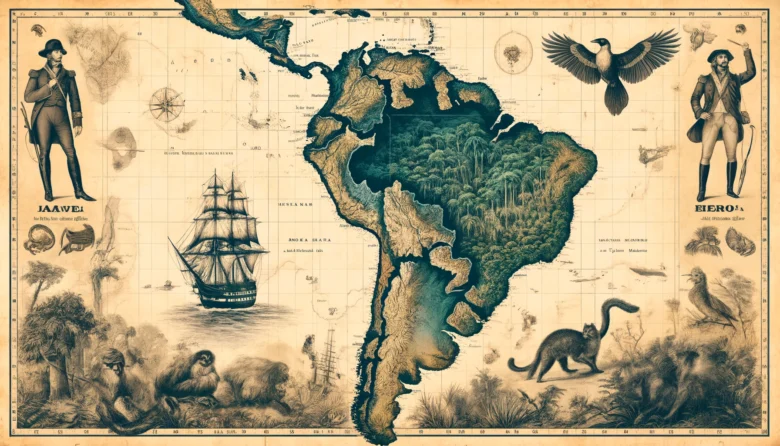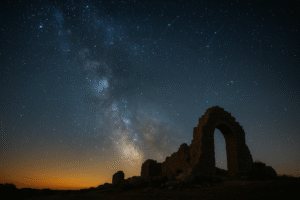Today, on the 26th of April, we commemorate an extraordinary departure that took place in 1848, when two ambitious Welsh botanists, Alfred Russel Wallace, and Henry Walter Bates, embarked from Liverpool, England, bound for the vast, uncharted wilderness of the Amazon, South America. Their goal was to explore and document its teeming natural history, but their findings would eventually reach far beyond flora and fauna, influencing our very understanding of life on Earth.
The Amazonian Expedition
Wallace and Bates set sail with dreams of discovering new species and uncovering the secrets held by the dense forests and winding rivers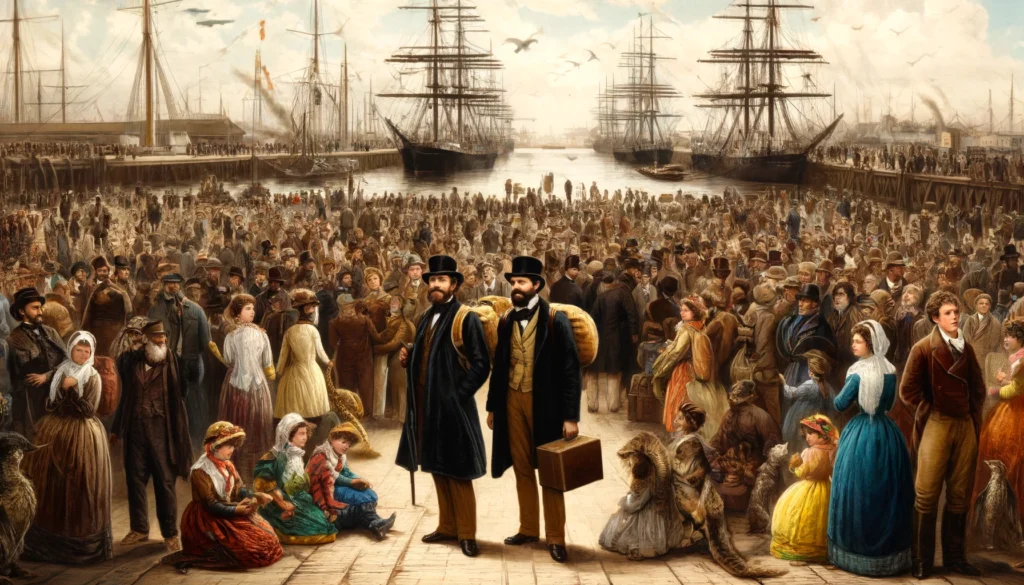 of Amazonia. The environment they plunged into was as daunting as it was breathtaking—teeming with a diversity of life unparalleled anywhere else on the planet. Yet, this journey was no holiday excursion. It demanded resilience and adaptability in the face of disease, harsh weather, and logistical nightmares.
of Amazonia. The environment they plunged into was as daunting as it was breathtaking—teeming with a diversity of life unparalleled anywhere else on the planet. Yet, this journey was no holiday excursion. It demanded resilience and adaptability in the face of disease, harsh weather, and logistical nightmares.
Their efforts were not in vain. The collections and observations made during this expedition laid foundational stones for modern biology and ecology, setting the stage for monumental scientific revelations.
Henry Walter Bates’ Contributions
 Bates, in particular, was captivated by the incredible variety of insect life in the Amazon. Over 11 years, he collected over 14,000 species, of which 8,000 were new to science. But Bates contributed more than just specimens. His most significant scientific achievement was the formulation of Batesian mimicry—a phenomenon where a harmless species evolves to imitate the warning signals of a harmful one to deter predators.
Bates, in particular, was captivated by the incredible variety of insect life in the Amazon. Over 11 years, he collected over 14,000 species, of which 8,000 were new to science. But Bates contributed more than just specimens. His most significant scientific achievement was the formulation of Batesian mimicry—a phenomenon where a harmless species evolves to imitate the warning signals of a harmful one to deter predators.
This discovery was one of the first and most vivid demonstrations of natural selection in action, providing strong support for the emerging theory of evolution. Bates quickly embraced both Charles Darwin’s and Wallace’s ideas about natural selection, recognizing that his findings offered tangible proof of these concepts.
Alfred Russel Wallace’s Independent Discoveries
While Bates focused on insects, Wallace’s journey took him not only to the Amazon but later to the Malay Archipelago. His observations and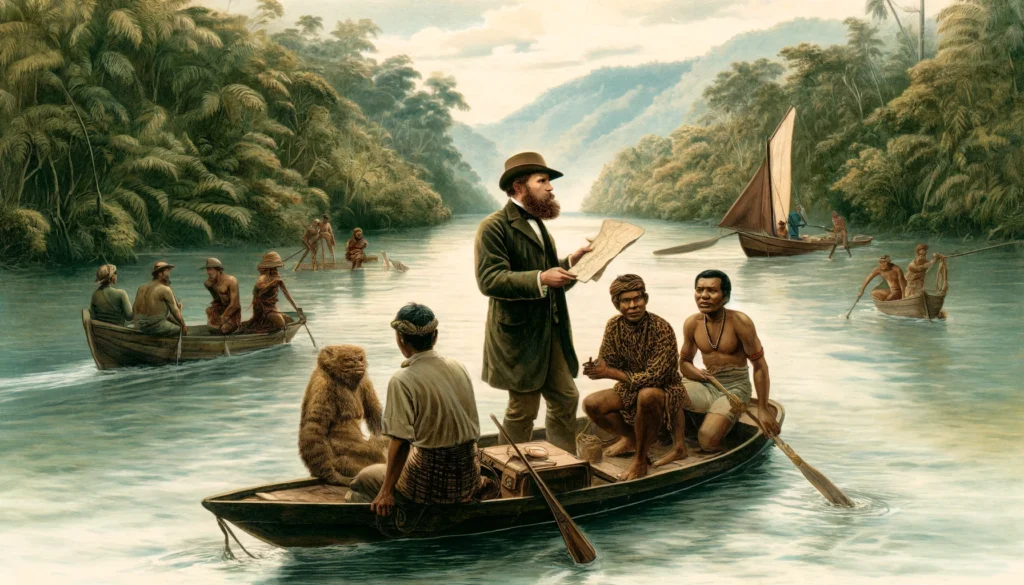 collections during these travels led him to independently conceive the theory of natural selection. Wallace noted how certain species seemed to change and adapt to their environment across different islands, a pattern that could not be dismissed as mere coincidence.
collections during these travels led him to independently conceive the theory of natural selection. Wallace noted how certain species seemed to change and adapt to their environment across different islands, a pattern that could not be dismissed as mere coincidence.
In 1858, Wallace outlined his thoughts in an essay which he sent to Darwin. This essay was presented alongside Darwin’s own findings at the Linnean Society, marking a pivotal moment in scientific history. Although Darwin is often more widely recognized, Wallace’s role in developing the theory of evolution remains a monumental contribution to science.
Legacy and Impact on Modern Science
The work of Wallace and Bates extends beyond their lifetimes and continues to resonate in today’s scientific endeavors. Their approach and discoveries in biogeography, speciation, and evolutionary theory not only enriched our understanding of nature but also laid the groundwork for future biological research. The concepts they helped establish are integral to contemporary studies on climate change, conservation, and ecology.
Both scientists received various accolades for their work, and today they are celebrated as pioneers in their fields. Their legacies teach us the value of exploration and curiosity, showing how stepping into the unknown can lead to groundbreaking discoveries.
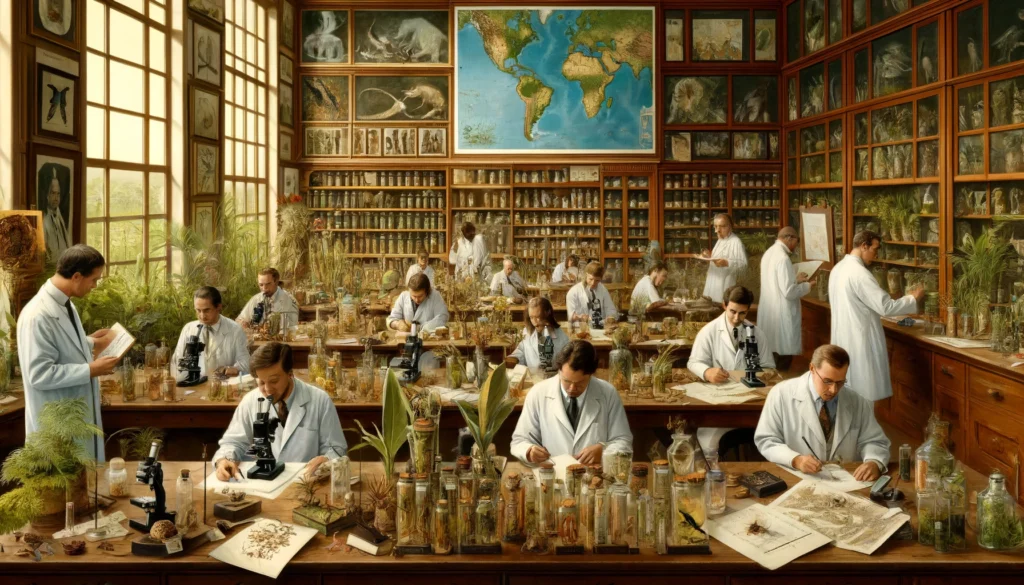
Conclusion
As we reflect on the anniversaries of such explorations, we are reminded of the importance of scientific curiosity and the relentless pursuit of knowledge. The adventures of Wallace and Bates in the Amazon spurred revolutions in biology that continue to influence our understanding of the world.
Their journeys, fraught with challenges yet rich in discovery, exemplify the spirit of exploration that drives humanity to continually seek and understand the unknown. Let us carry forward this legacy, nurturing our curiosity and striving to uncover the myriad mysteries that nature has yet to reveal.
Call to Action
Inspired by Wallace and Bates? Visit your local natural history museum or delve into online resources to explore more about these biological pioneers and other figures who have shaped our understanding of the natural world. Share your thoughts on how the spirit of exploration has impacted scientific discovery in the comments below!
Author’s Note
Thank you for joining me in celebrating the remarkable journeys of Alfred Russel Wallace and Henry Walter Bates. Their adventurous spirits and scientific contributions have profoundly shaped our understanding of natural selection and evolution. I hope this post inspires you to explore the connections between nature’s intricacies and evolutionary theory.
G.C., Ecosociosphere contributor.
References and Further Reading
To delve deeper into the lives and scientific contributions of these remarkable explorers, consider exploring the following books, available on Amazon:
- “The Naturalist on the River Amazons” by Henry Walter Bates – Bates’ own vivid account of his eleven years exploring and studying the Amazon’s rich biodiversity.
- “The Malay Archipelago” by Alfred Russel Wallace – Wallace’s influential work detailing his eight-year expedition in the Malay Archipelago, where he developed his theory of natural selection.
- “Infinite Tropics: An Alfred Russel Wallace Anthology” edited by Andrew Berry – A collection of Wallace’s writings, providing insights into his thoughts on natural selection, biogeography, and environmental conservation.

